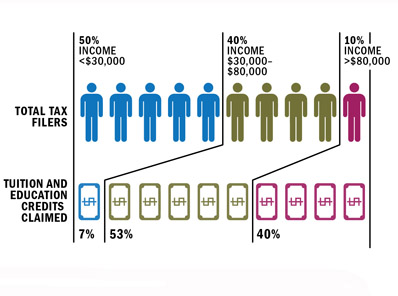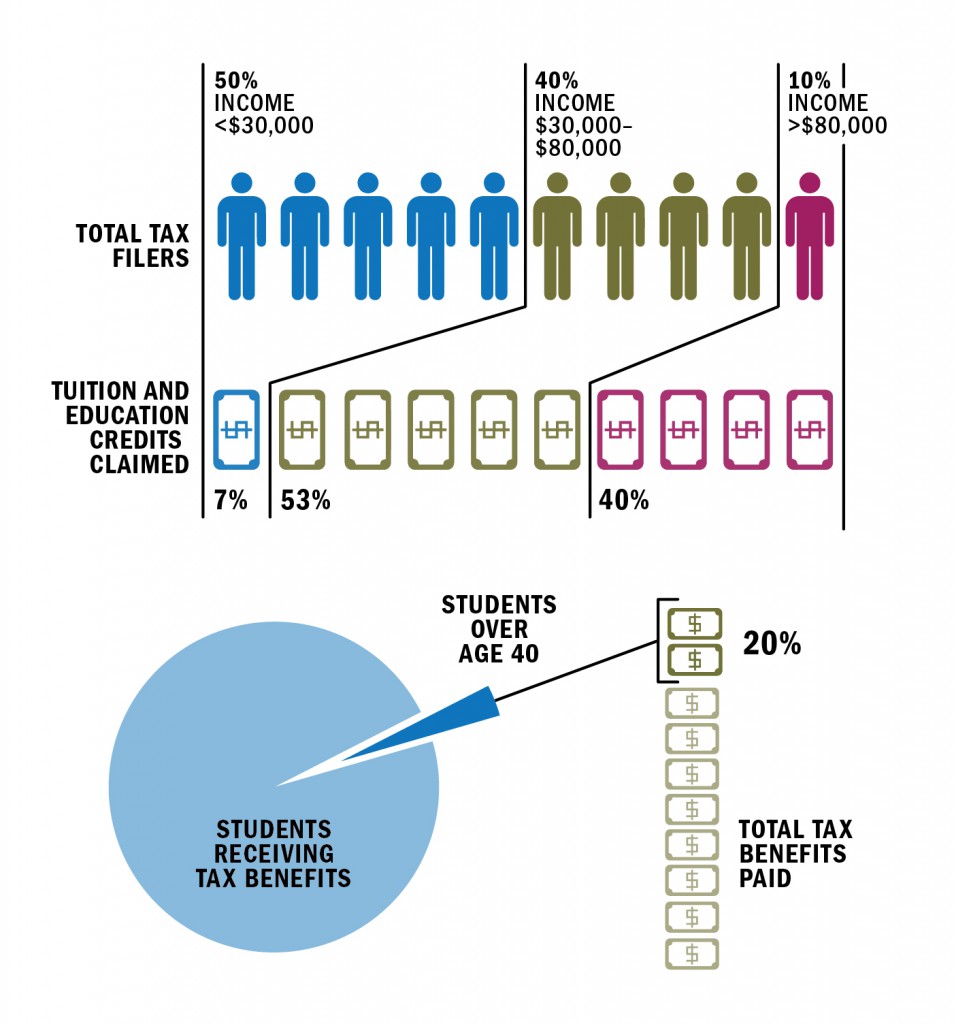Students from low-income households least likely to benefit from tax credits
Anqi Shen
CUP Ontario Bureau Chief
HAMILTON (CUP) — Every year, Canadian postsecondary students are eligible for tuition, education and textbook credits that cost billions of dollars in funding. But, as it turns out, students from low-income households are least likely to benefit from the credits during school despite needing the money the most.
A recent study, conducted through the C.D. Howe Institute, found that tax credits are claimed “disproportionately” by students from well-off families in a given tax year. Most students from lower-income households can claim the non-refundable credits only after they finish school and start earning a taxable income.
Christine Neill, an associate professor of economics at Wilfrid Laurier University in Waterloo, Ont., authored the study. She found that the tax credit savings amount to about $2,000 per year for the average Canadian undergraduate student.
“For youth from relatively high income families, a couple thousand dollars per year may not change their decision to go to university or college, but it might change those from low-income families. The problem is, they tend to get the money later,” Neill said.
In 2012, students with family incomes below $30,000 used only 7 per cent of education credits transferred to parents in 2012, but made up about half of tax filers.
Households with an income above $80,000 used about 42 per cent of education credits transferred to parents but made up just 10 per cent of tax filers.
Neill recommended that simply making the credits refundable would vastly improve the program. Students not earning a taxable income would then get a cheque in the mail for what they couldn’t claim on their taxes, instead of having to carry the credits forward.
The same recommendation has been made in the past by the Canadian Alliance of Student Associations (CASA) and the Ontario Undergraduate Student Alliance (OUSA).
According to Neill’s study, undergraduate students in British Columbia save the least from the tax credits, followed by students in Ontario and Newfoundland. Students in Alberta save the most out of all the provinces, but by a small margin.
A 2010 study found that college students save a larger proportion of their tuition from the credits than university students. However, college students end up with a smaller dollar value from the credits because their tuition is, on average, lower.
Last year, the federal government spent $1.6 billion on tuition, education and textbook tax credits — more than the $0.7 billion it spent on the Canada Student Loan Program.
Tuition and education credits were first introduced in 1961, and the option to “carry forward” unclaimed amounts was introduced in 1997.
“Before the carry-forward was introduced, kids from low income families may never have been able to claim the credits — after 1997, the program became more expensive but it became better,” Neill said.
In 2006, a textbook credit was added, raising questions from the academic community on the efficacy of the program.
Whether to stimulate enrolment in postsecondary education or to distribute wealth to students from lower-income families, the purpose of the tax credits hasn’t been clearly articulated.
Neill argues that the credits currently fail on both efficiency and equity principles. She also made a point that the credits aren’t well-advertised on university and college web pages that display tuition fee information.
“One major issue is that many people don’t know about [the credits], and they don’t know before going through postsecondary education,” Neill said. “If you don’t know something exists, how would it affect your behaviour?”



